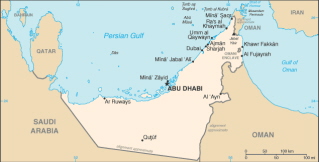
The DNA Ancestry Blog has a new post about needs and concerns regarding Ancestry.com’s DNA project. If you have something insightful or valuable to share, the post lists an email address.
There’s a relatively new Genetic Genealogy blog called Haplogroup I which has some interesting information and news about the field. Welcome to the blogosphere, and I hope to learn more about you and about Haplogroup I!
The big news (ok, not really) in Genetic Genealogy this week is that Ben Affleck is joining the Genographic Project. The Boston Globe has a story here. My favorite part was the ending:
As with any other test, the project did lead to some bragging rights. Ramiro Torres, who hosts a morning show on radio station Jam’n 94.5, was pleased to learn his enterprising relatives trekked across all of Asia before crossing the ice bridge and populating North and South America.



